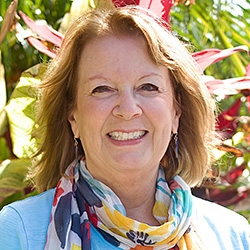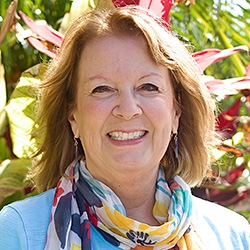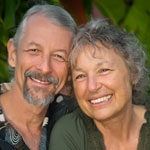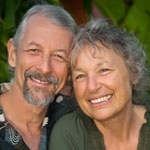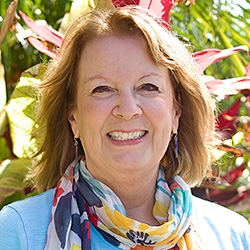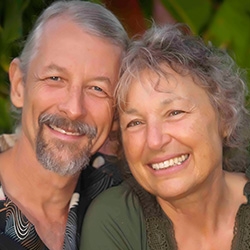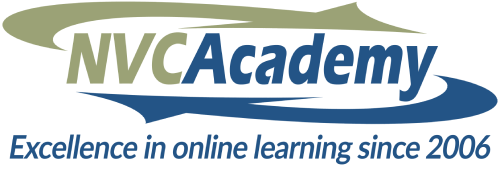
NVC Resources on Exercises or Practices
-
This session is from the NVC Academy's 2017 Telethon. Listen in as Mary offers two experiential self-empathy exercises: I Love It When, and What Do I Want / Why Do I Want It. Deepen your ability to connect with self — novel and effective ways to engage the process of Self-Empathy!
-
Trainer Tip: Are you meeting your needs for exercise? Consider which activities would help you meet your needs for physical and emotional health and fun, rather than focusing on what expert opinion says. If you feel overwhelmed and had a hard time sticking to the program feel free to tweak your program so that you enjoy it more.
-
With these exercises you can practice identifying the reactions to conflict, such as fight, flight, freeze, the posture taken, what you see, hear, smell, touch taste and what needs are at play. They will also bring in curiosity about what next step may help. One of these exercises prompts you to journal some of these things this week.
-
In these exercises, you'll transform your urge to rebel with punishment or reward. Punishing can include withholding love or other necessities, attacking verbally with insults or name calling (directly or with others), giving a "dirty look," or attacking physically. With these exercises you'll allow space for your urge. You'll also explore needs, benefits, consequences, and lternatives.
-
Developing our own teaching exercises is a powerful consciousness-building process that eventually helps us clarify our own way of learning and to develop our unique style of teaching.
-
Grow your compassionate presence with this 3-process exercise. The processes include: Connecting to and feeling the Life Impulse meditation, Creating your own inner space of compassionate presence exercise, and the Compassionately Embracing visualization. These processes will guide you toward deeper self connection and compassionate presence.
-
Jim leads a self-connection exercise focused on how our lives are interwoven with people we love, acquaintances, people unknown to us, and even those who have come before us or will come after us.
-
Join Jim Manske as he leads you through a self-connection exercise to guide you toward welcoming whatever enters into your awareness.
-
Ask the Trainer: "What guidance do you have for working with enemy images? Can you say some things about processes and/or exercises that can bring relief from this trap?"
-
Trainer Tip: Tap into feelings, needs and requests for greater self connection with the six steps in this worksheet.

